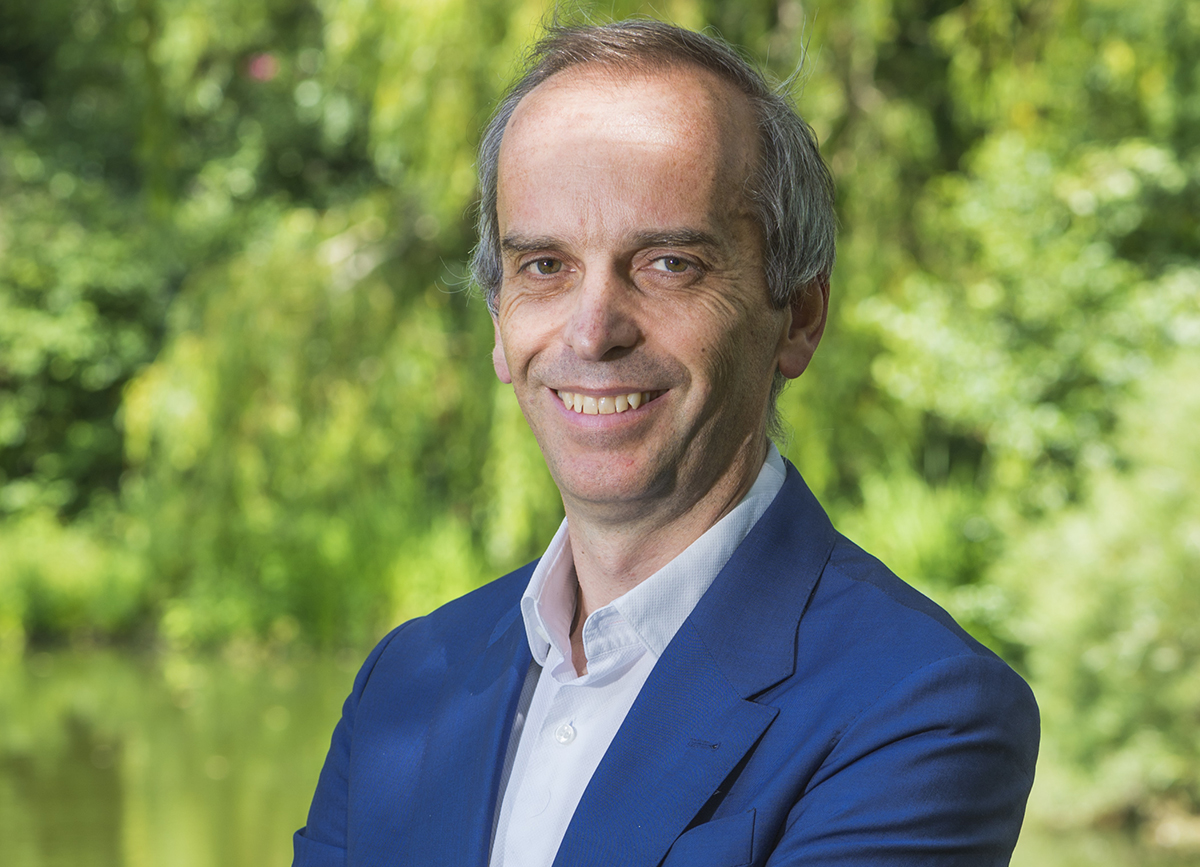
By Paul Coffey, chief executive of the Scotland 5G Centre.
A golden key opens any door and 5G is the key to unlocking business efficiency and productivity as well as societal benefits to the stunningly beautiful and sparsely populated rural areas of Scotland. Smart cities is a recognised term, but we need to reference ‘clever countryside’ in any discussion about digital connectivity in Scotland and further afield.
Introducing reliable digital connectivity can provide societal benefits as well as helping businesses grow. With 5G technologies and an ability to build private networks we now can make sure these benefits are realised in rural settings as well as the city.
Scotland’s rural areas produce farmed salmon, the country’s biggest food export and the UK’s largest food export by value, and therefore a major contributor to our national economy. Digital connectivity enables extensive sensors to measure water quality, PH levels and temperature. It can also support high resolution underwater video cameras to count fish or AI software for disease identification.
Scotch Whisky contributes billions to the Scottish economy with 7,000 employees from rural communities. A private 5G network could support distilleries with machine operations, video monitoring and employee communications.
Scotland needs to prioritise rural communities. The barriers often quoted to this taking place have previously been commercial arguments about the difficulties caused by lower population density and concerns about return on investment.
However, the global pandemic has changed society’s views on where you need to be to do your job. Much of the UK’s socio-economic activity is now taking place online and high-bandwidth communication is now considered essential for doing business. The team at the Scotland 5G centre is working with academia and industry to create parity in the adoption of digital opportunities right across the country. One example being, we are working to support new business models and scaled deployment in rural areas.
With a founding partner, University of Strathclyde, and multiple supporting industry partners and collaborators, we have created a 5G ‘field lab’ at Ross Priory on the east side of Loch Lomond. This allows us to demonstrate and test how 5G radios and wide area connectivity will work in a rural location, notably building completely ‘private’ networks on shared radio spectrum.
The Ross Priory ‘field lab’ will support a testbed on the Orkney Islands, where the ‘5G New Thinking’ project will be running use cases on fixed wireless access, mobile connectivity, and applications in rural health, education, industry and business – and in all extremes of weather and climate not seen on the mainland.
Our S5GConnect programme of regional hubs works closely with the public sector and small to medium sized businesses to help them scale up and adopt advanced digital communication services. In Dumfries, our first rural hub, we will have a dedicated 5G network, with advanced capabilities including a testbed for trialling innovative products, services and solutions.
Projects set to get underway include the development of agritech solutions, where sensors and drones are used to measure crop growth, animal behaviour and wellness; and remote healthcare initiatives including the use of 5G technology to support assisted living – all hugely important to support the local community and the economy.
It is time for Scotland to unlock the power of new 5G technologies and bring more connectivity to rural areas. Not only will this bridge the digital divide but will result in many significant benefits for the communities, homes, schools, and industries of Scotland’s rural areas to enjoy.








